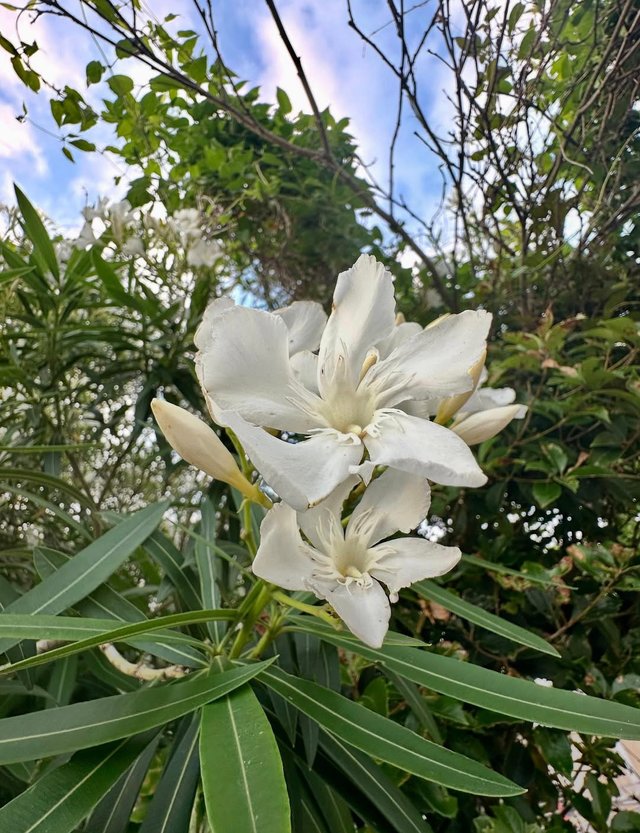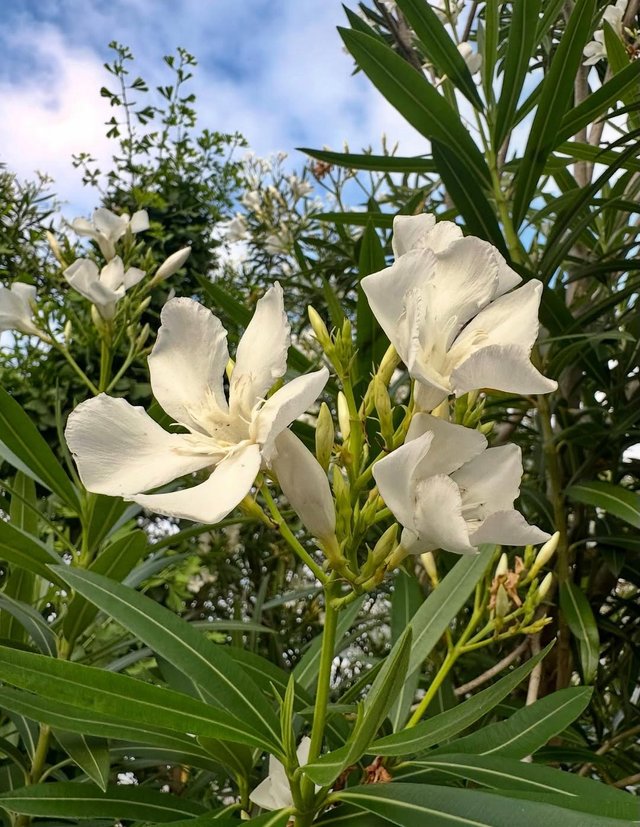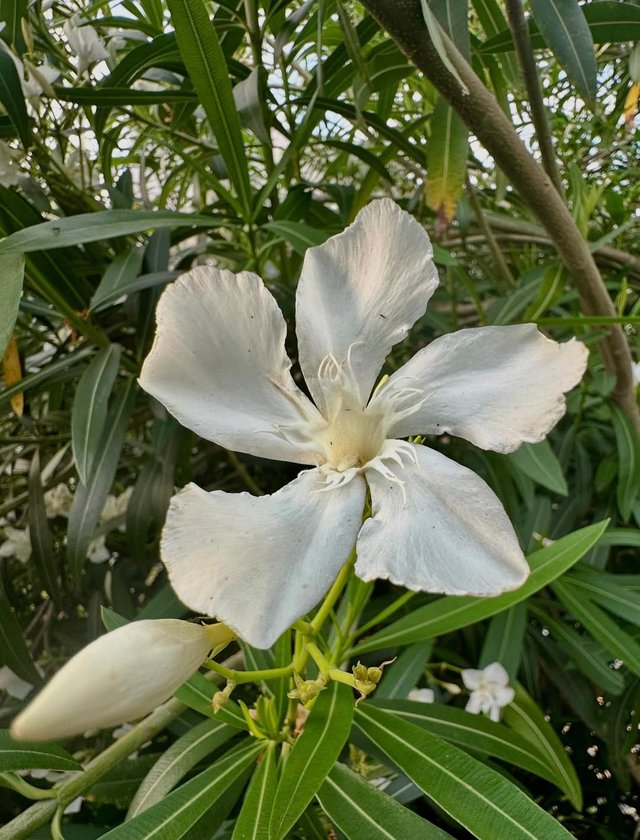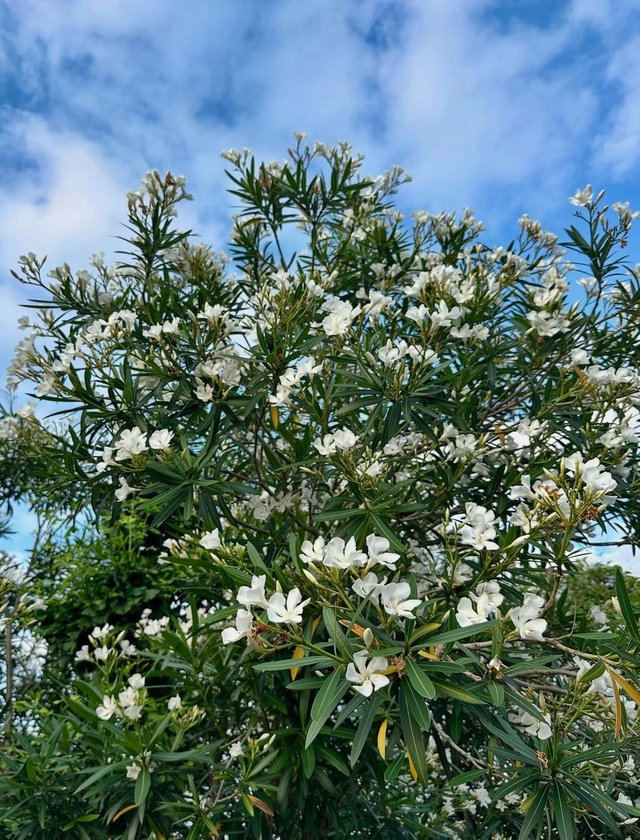Oleander Flower: Beauty with a Dangerous Charm
The Oleander flower is one of the most alluring yet paradoxical plants in the natural world. With its lush evergreen leaves and vibrant blossoms ranging from soft pinks to deep reds and sunny yellows, the Oleander is often admired in gardens, public parks, and roadside landscapes—particularly in warm, Mediterranean-style climates. But beneath its beauty lies a potent toxicity that has fascinated botanists, poets, and historians for centuries.
The Oleander’s flowers are its most captivating feature. Arranged in terminal clusters, they can be single, semi-double, or fully double blooms, depending on the cultivar. The petals often have a soft fragrance and a velvety texture, giving the plant an air of elegance and sensuality. Blooming profusely through the warm months, oleanders provide continuous color and charm.From a distance, the flowers resemble those of roses or camellias, leading many people to plant them without fully understanding the danger they conceal.
The Oleander has left its mark on cultures throughout history. In ancient times, it was admired for its beauty and sometimes used in traditional medicine—but with great caution. It appears in Greek and Roman art, symbolizing both romance and danger. In literature and folklore, it often serves as a metaphor for deceptive beauty or hidden peril.In some Asian cultures, it represents resilience and eternal love, due to its evergreen nature and constant blooming. Its name is thought to be derived from the Greek word nerion related to water as it often grows near streams and rivers in its native habitat.



